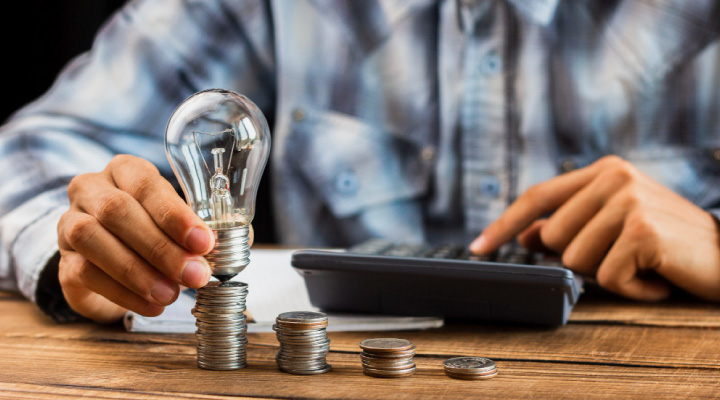Without a doubt, one of the biggest concerns in many homes is electricity consumption and the high cost associated with it. High electricity consumption has a very direct impact on the family budget, which is why it is very important to know what elements are relevant when adjusting consumption and what measures can be adopted to save energy and, therefore, save money.< /p>
Through a series of articles, we will try to explain each of the parts involved in this process: which appliances consume the most, what other normally ignored consumption increases the electricity bill, what actions we can take going to save, etc.
But in this first article, we will start with the most basic, that is, we will define what electrical consumption is and how it can be calculated in a simple way. Let’s start by giving a definition:
“Energy consumption is the total amount of energy that an appliance needs to consume to operate as efficiently as possible”
Generally, electricity consumption is derived from 3 fundamental factors such as: the use of household appliances (refrigerator, washing machine, dryer, oven…), electrical or electronic devices (TV, computer, fans …) and the use of lights (lamps, spotlights…).
How is the energy consumption of an appliance calculated?
To do this calculation in our house we need to know two important pieces of information: how long we use each appliance and the power of each of them. With these 2 parameters it is easy to calculate consumption using the following formula:
Energy consumed = Electrical power x Time of use
There is also the possibility of using tools or devices for calculation, such as a wattmeter or, in other words, an electricity consumption meter. This device will determine the energy consumption of each appliance during a certain period of time.
The “Stand by” mode and its impact on electricity consumption
We must always take into account “phantom consumption”, that is, consumption that occurs but that we do not see or realize. In many cases, the “stand by” or “standby” mode of appliances and electronic devices can play an important factor in the final bill. Learn more about this invisible expense in the following article:


